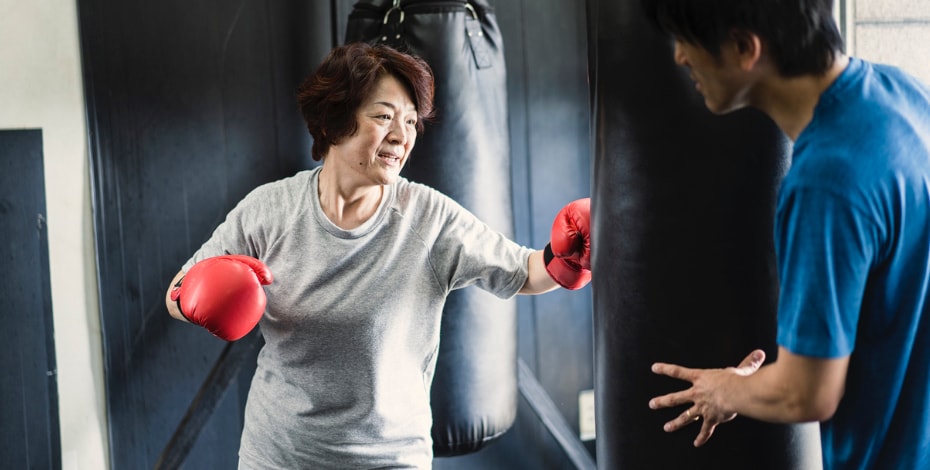
Physical activity and stroke

Professor Julie Bernhardt will be well known to those engaged in stroke research. She is a physiotherapist and stroke researcher who has long been researching physical activity in clinical populations. In recognition of her leadership in medical research and being an advocate for women in science, Julie was named as a Member of the Order of Australia in the 2019 Australia Day Honours.
Despite recognising her own achievements, Julie continues to be surprised by her success, especially in the face of tough competition. ‘My sponsors have nominated me for things in the past and I’m always surprised when I win them. Always! I always look around me and go, “they’re amazing, what they’re doing is amazing”. Often we don’t recognise our own value to other people,’ Julie says.
Julie discussed the AVERT trial testing early mobility interventions after stroke, saying she is proud of how the project has challenged current ideas and generated unexpected findings:
‘I did the first randomised controlled trial that had ever been done in acute stroke in this space [testing early mobility interventions after stroke] (AVERT). I’m proud of it because it has really changed the way people think. It’s challenged ideas, it’s put some really good science into an area where we had none before. It’s not always generated the kinds of findings that people were hoping for, but that is science. And that’s the goal of doing really robust and well-conducted trials.
I think the other thing is that it created such a strong international collaboration and building that collaborative framework is something I’m really proud of. I’m proud of how it ran, the people that I worked with are outstanding,’ Julie says.
But that’s not all Julie is proud of. She has been instrumental in establishing international roundtables responsible for identifying and addressing critical gaps in stroke research and practice.
‘At the end of the day for me, all of this is always about improving outcomes for people. When I’m finished, if I can leave the field with something that can help patients have a better recovery, or the next generation of people who are happy to pick up that banner and keep working methodically and systematically through all the challenges, I’ll be pretty happy,’ she says.
Julie points out that physiotherapists must own the physical activity and sedentary behaviour space:
‘I think we are ideally suited, not wanting to exclude other people that are working in in the area, but we need to own this. We understand how pathology and ageing impacts people and so this should be a core business. We should recognise and celebrate the expertise we have in clinical populations and with older people, and make sure that we are using that knowledge and expertise to advance the science around this, in partnership with others.
‘I see enormous potential for physios to take the lead with behaviour change interventions that are not just for 12 weeks, but are things that can make someone change their health behaviour in the long term. That’s got to be our objective. And I think we’re heading down that path.’
Dr Christina Ekegren, APAM.
Physios4PA co-convener.
Physios for Physical Activity (P4PA) is an advisory group to the APA. The group’s role is to be a voice for physical activity promotion in physiotherapy. Members share a common interest in increasing the number of Australians participating in physical activity. The clinical and research expertise of a wide membership base is important for this role. If you are interested in joining email Dr Breanne Kunstler or Dr Christina Ekegren at physiosforpa@gmail.com. If you want to find out more about P4PA, visit physiosforpa.com or follow @PhysiosforPA on Twitter.
© Copyright 2024 by Australian Physiotherapy Association. All rights reserved.





